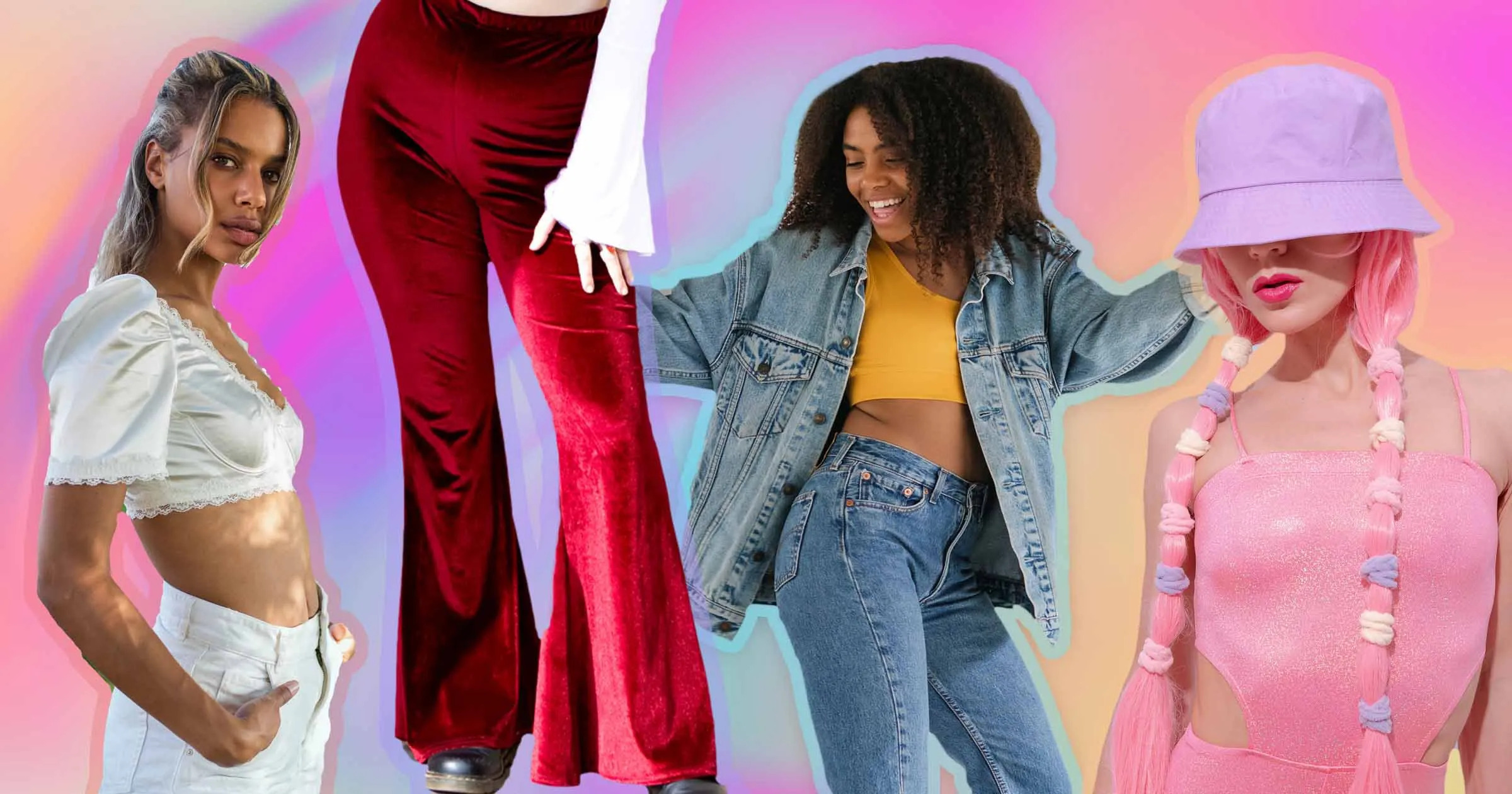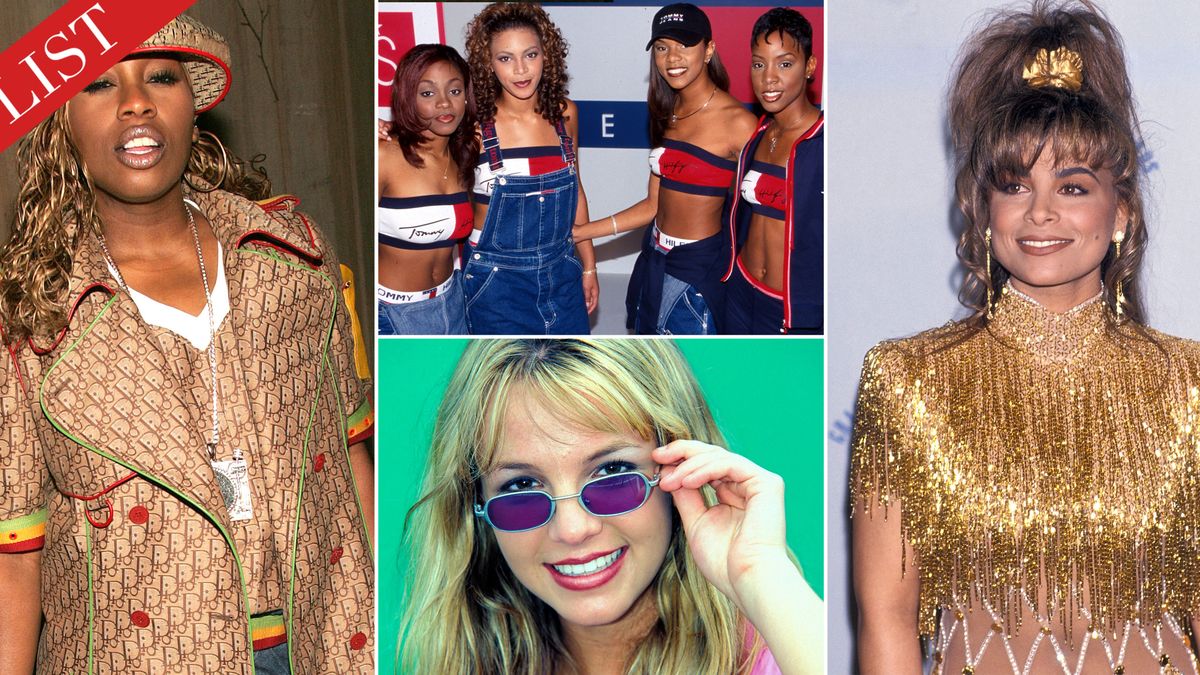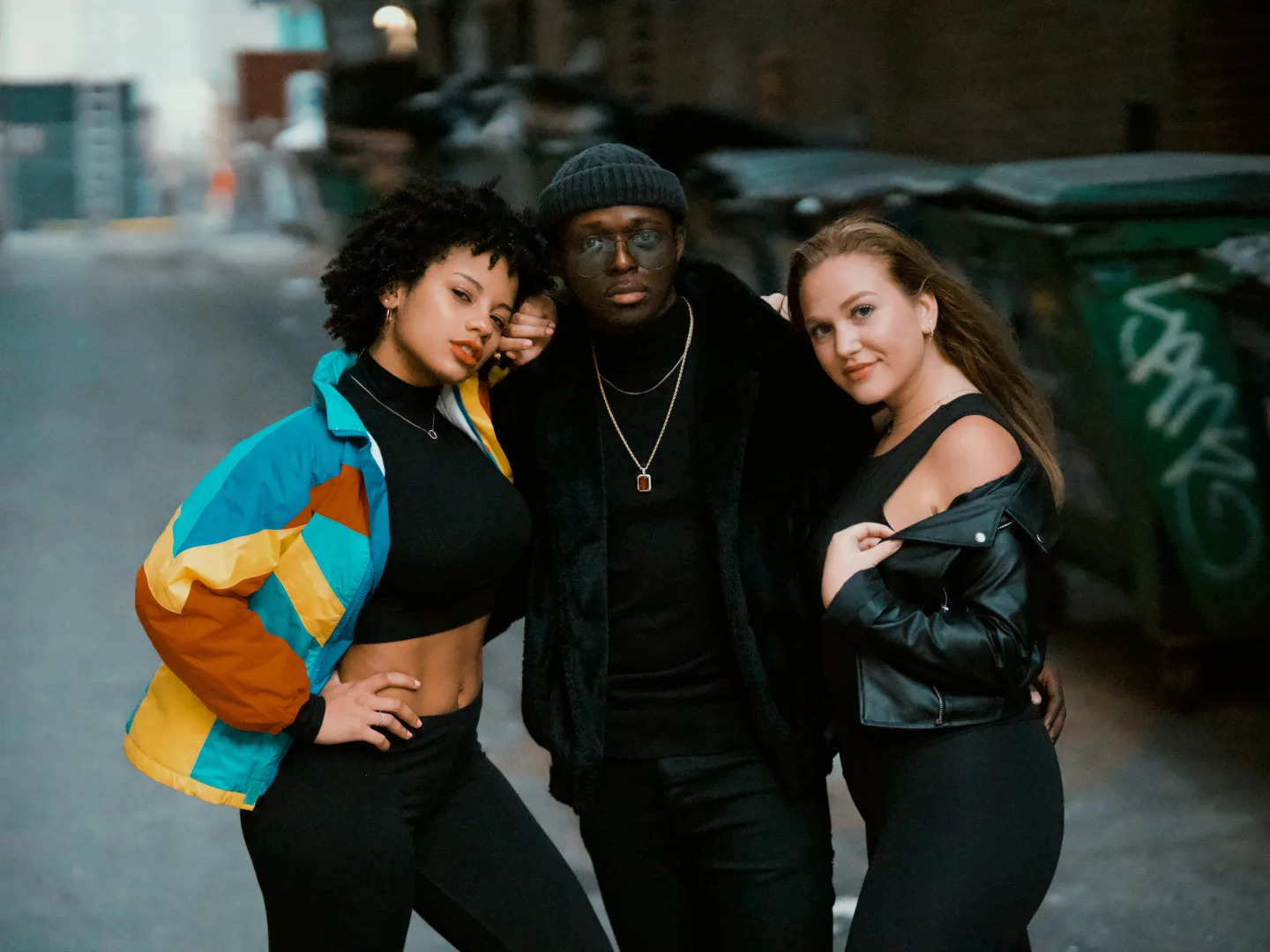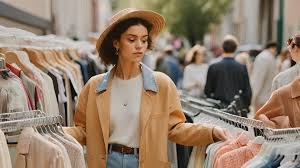
Fashion is cyclical, and the resurgence of 90s and 2000s trends is a testament to the industry's perpetual reinvention. From baggy jeans and chunky sneakers to crop tops and butterfly clips, these nostalgic styles are making a significant comeback. This article explores the factors driving this revival, the influence of nostalgia, and how these vintage trends are reshaping contemporary fashion.
The Cyclical Nature of Fashion

Historical Patterns
Fashion has always been cyclical, with trends reappearing every few decades. This phenomenon can be attributed to several factors:
Cultural Memory: As time passes, styles that once seemed outdated gain a sense of novelty and charm, appealing to new generations who did not experience them firsthand.
Innovation and Reinvention: Designers often revisit past eras to find inspiration, reinventing old trends with a modern twist to create fresh looks.
Media Influence: Movies, TV shows, and music from previous decades continue to shape current fashion, keeping older styles in the public consciousness.
The 20-Year Rule

Fashion experts often reference the "20-year rule," which suggests that trends typically resurface every two decades. This theory explains why 90s and early 2000s styles are currently in vogue, as the early 2020s mark roughly 20-30 years since these trends first emerged.
The Role of Nostalgia
Emotional Connection

Nostalgia is a powerful emotional driver that influences consumer behavior. For many, the 90s and 2000s represent a period of simplicity, youth, and carefree living. Wearing styles from these eras evokes fond memories and a sense of comfort.
Reliving Memories: Individuals who grew up in the 90s and 2000s find joy in revisiting the fashion of their formative years, reconnecting with their past through clothing.
Cultural Icons: Iconic figures from these decades, such as Britney Spears, Tupac Shakur, and the cast of "Friends," continue to influence fashion, as their styles remain deeply ingrained in popular culture.
Social Media Amplification

Platforms like Instagram, TikTok, and Pinterest play a crucial role in the resurgence of nostalgic trends. Influencers and celebrities often showcase vintage styles, inspiring their followers to adopt similar looks.
Viral Challenges: Fashion challenges on TikTok and Instagram, such as recreating 90s outfits or styling early 2000s accessories, generate widespread interest and participation.
Visual Inspiration: Social media provides a vast archive of fashion inspiration, making it easy for users to discover and emulate past trends.
Key Trends Making a Comeback

90s Revival
Grunge Aesthetics: The grunge movement, characterized by flannel shirts, ripped jeans, and combat boots, has returned with a modern twist. Brands like Saint Laurent and Vetements incorporate grunge elements into their collections, appealing to contemporary fashionistas.
Minimalism: The 90s minimalist trend, with its clean lines, neutral colors, and simple silhouettes, is back in full force. Designers like Calvin Klein and Jil Sander continue to influence this pared-down aesthetic.
Athleisure: Tracksuits, oversized sweatshirts, and sneakers were staples of 90s streetwear and are now ubiquitous in modern fashion, blending comfort with style.
2000s Comeback
Y2K Aesthetics: The bold and eclectic Y2K style, characterized by metallic fabrics, low-rise jeans, and butterfly clips, is making a vibrant return. Influencers and fashion brands alike embrace this playful and adventurous look.
Logomania: The early 2000s saw the rise of logomania, with brands like Gucci, Louis Vuitton, and Fendi prominently displaying their logos. This trend has resurfaced, with logos and monograms becoming a key feature in luxury fashion.
Tech-Inspired Fashion: Reflecting the tech boom of the early 2000s, futuristic designs, metallic colors, and digital-inspired prints are gaining popularity. Brands like Balenciaga and Off-White explore these themes in their collections.
The Impact on Contemporary Fashion

Designer Collections
High-fashion designers frequently draw inspiration from 90s and 2000s trends, incorporating vintage elements into their modern collections. This blend of old and new creates unique and innovative designs that resonate with a broad audience.
Balenciaga: Known for its avant-garde approach, Balenciaga often features oversized silhouettes, bold prints, and unconventional materials reminiscent of 90s and 2000s fashion.
Versace: Versace's recent collections pay homage to its iconic 90s designs, with vibrant colors, baroque prints, and figure-hugging silhouettes.
High Street Adaptations

Fast fashion brands quickly adopt runway trends, making 90s and 2000s styles accessible to the mass market. Stores like Zara, H&M, and Urban Outfitters offer affordable versions of nostalgic fashion, catering to the demand for vintage-inspired clothing.






